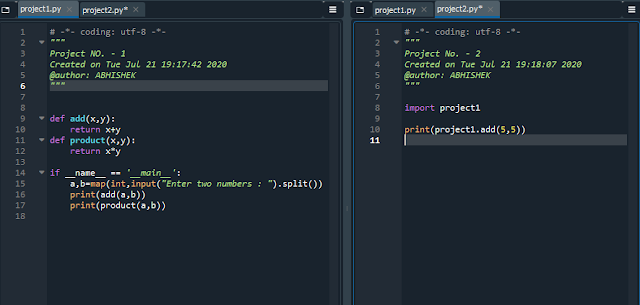Let Set Targets

Let set Targets You know, one of the greatest things that I fear in life and do nothing about is Oblivion. It depend on our present actions, but I hardly do anything to escape from it. At the end of the day I have be from nothing to something in life to be worthy in front of the society, or it won't respect me. JEE was a terrible phase in my life, I blame no-one except me, I messed it up very bad. I love computer science, coding and wan't to persue my career in that field. GATE-CSE-2023 is my only hope and I want to succeed. I love coding and thus wan't to peruse my career in that field. Let me stick the Gate CSE syllabus to keep me motivated.

